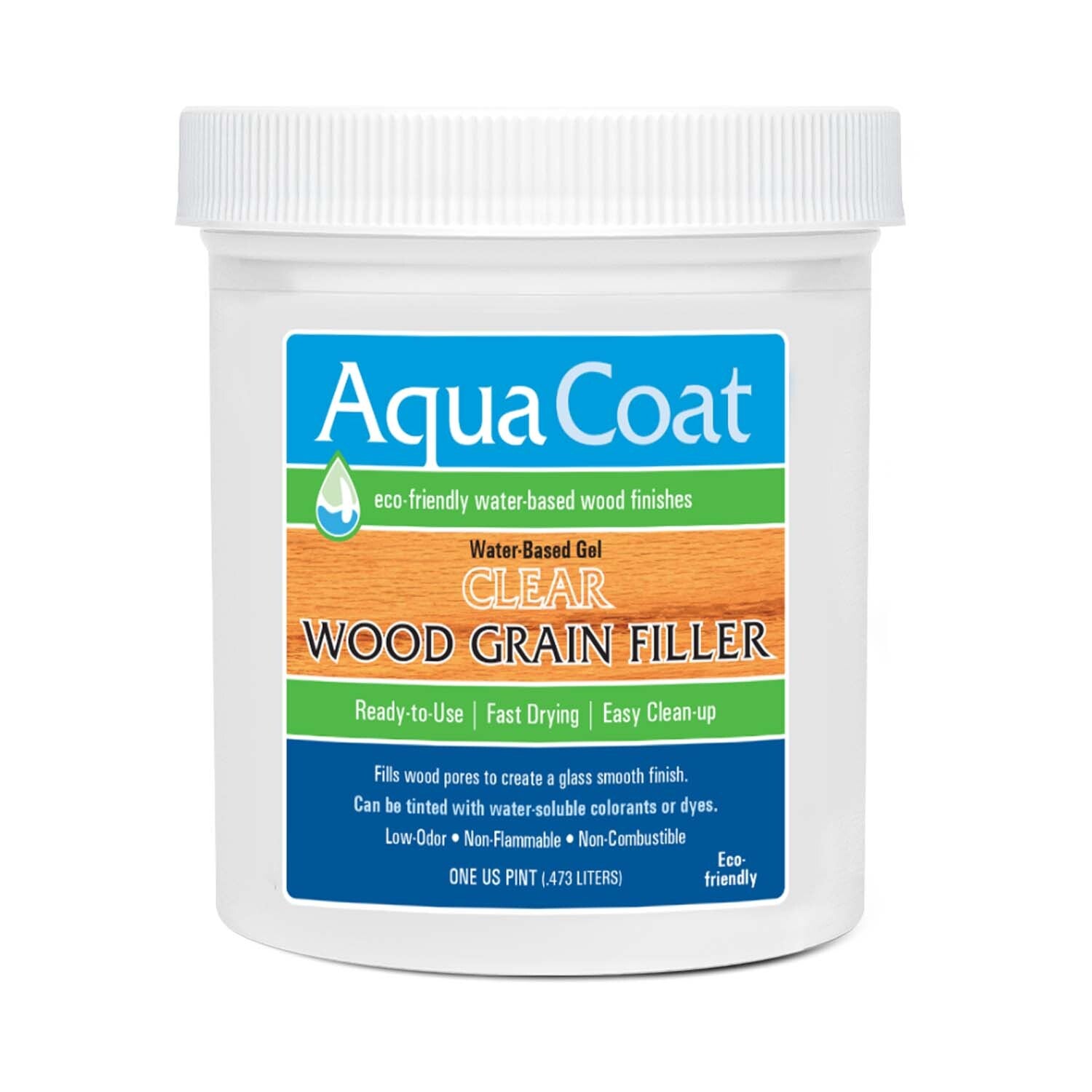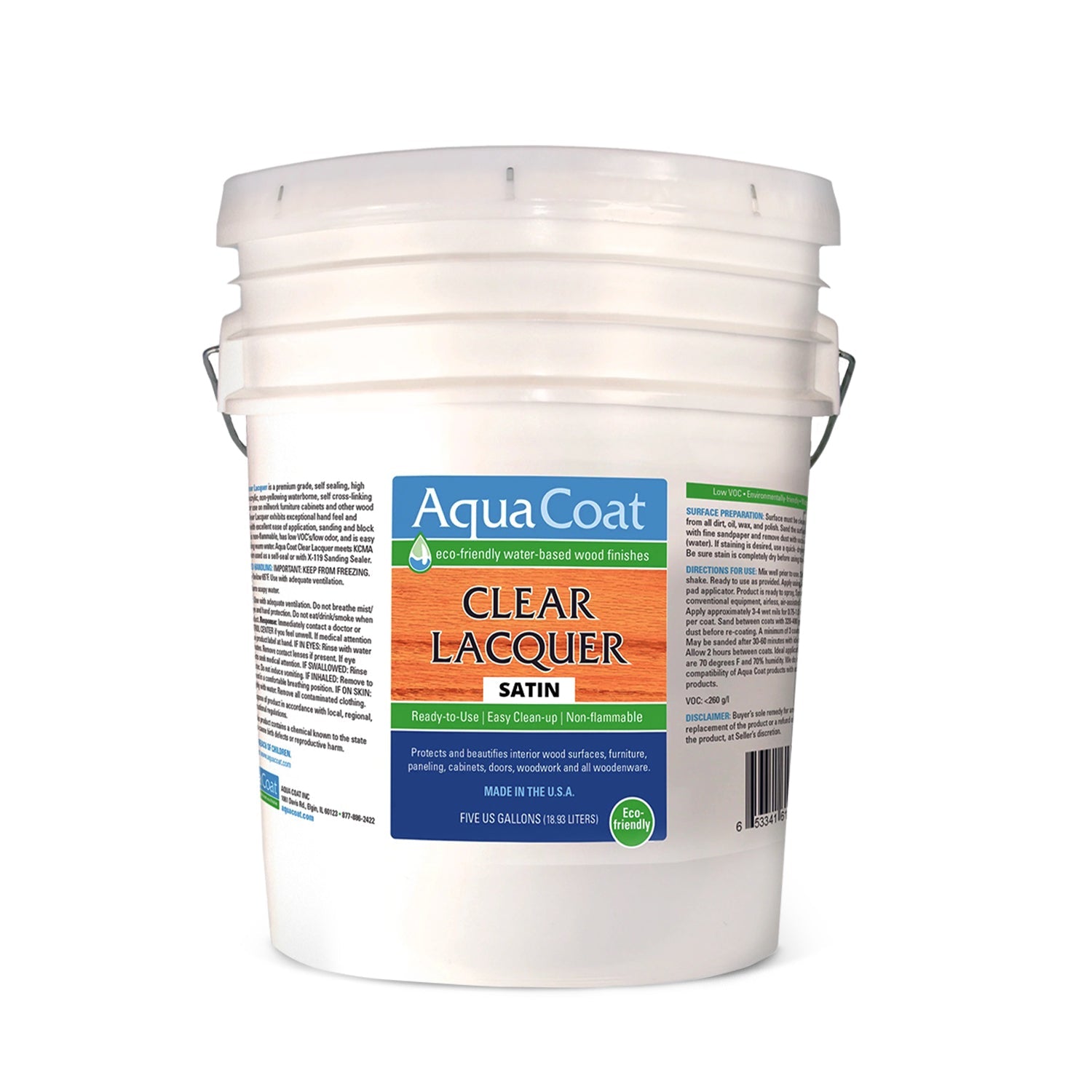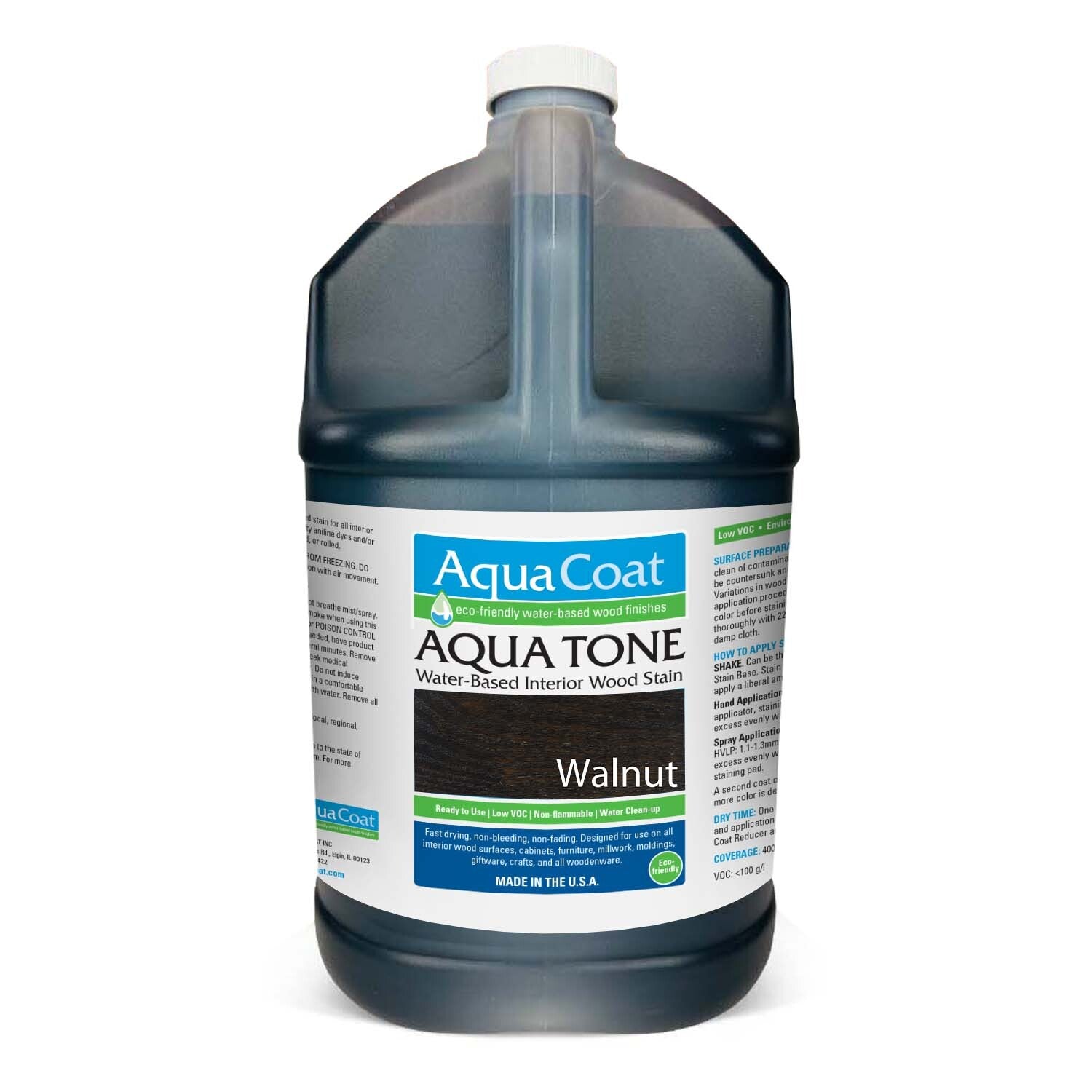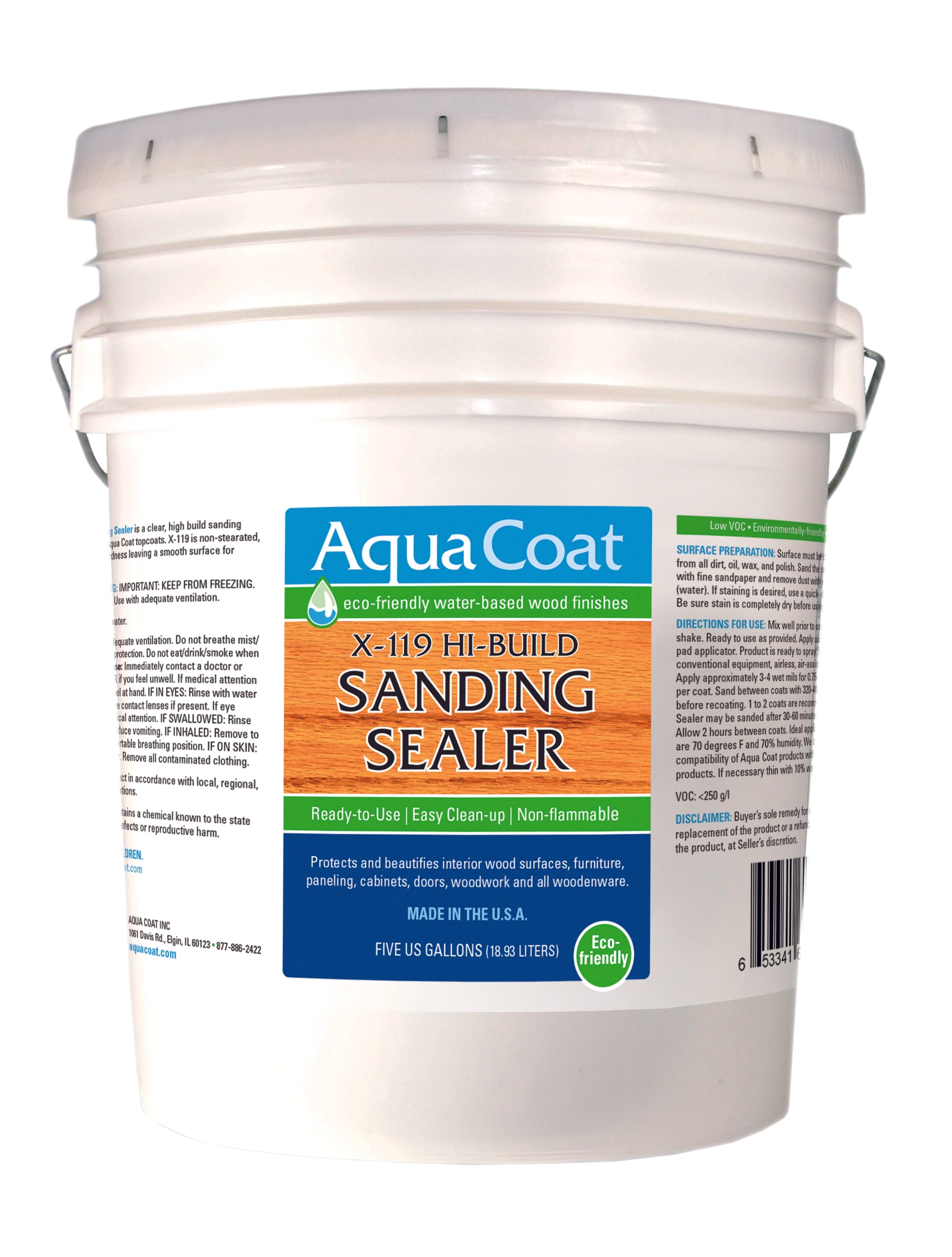5 Guitar Finishes That Totally Rock
5 Guitar Finishes That Totally Rock
Finishing a guitar correctly is vital. A finish can make or break the instrument, giving it a shine, glow, and bringing it to life at one end, or stifling the body and dulling the appeal if you get it wrong.
So how can you decide between the many different options?
The finish comes down to two things: the color scheme and the protective finish. We'll take you through your choices and give five of our favorite guitar finishes.
Why Finish Guitars?
The main reason guitars are finished is to protect them from dirt and oily deposits that would build up over time. Leaving a guitar unfinished would result in damage from the player and the environment. Over time, the wood would change color and may begin to misshape or buckle.
Finishing a guitar always means that it takes less maintenance. Bare wood would have to be nourished with oils, just as an unfinished fretboard needs to be. Finishing makes guitars more practical, especially if they are being used on the road or in regular gigging.
Finally, adding a finish makes a guitar look good. Imagine walking into the guitar shop and instead of walls of Fiesta Red Stratocasters and Sunburst Les Pauls, everything is in a wood finish. It would just not have the same aesthetic appeal.
History of Guitar Finishes
Originally, predecessors to the guitar, such as the lyre or lute, used a mix of egg white and sugar as a glaze. The guitar as we know it today was originally touched using French polish, the furniture shop staple, and some Jazz guitars still use this. This was replaced as the method of choice by different lacquers in the jazz age.
As the popularity of the guitar increased, color schemes and finishes became more elaborate. Leo Fender was one of the first guitar makers to create instruments in striking colors taken from automotive paint schemes. It was now possible to buy a guitar in Arctic White of Surf Green as opposed to a plain old wood finish.
Does a Finish Alter the Sound?
People will always provide different answers for this and the sound of your guitar comes down to many different factors, so it would be very hard to know. The wood, shape, string material, and pickups will all have a much bigger impact than the finish in defining the sound of your ax.
Unless it is a very heavy, thick finish, which is unlikely, a guitar finish will be imperceptible to the sound of the instrument.
Awesome Guitar Finishes
From classic to modern, the guitar finish can define a player as much as the licks they create on the fretboard. Our choice of five great finishes is below;
Classic Sunburst Guitar Finish
Heralding back to the jazz age, the classic sunburst always looks fantastic. Created by applying a base layer of stain to the guitar then applying darker tones of brown or red around the edges. The go-to finish for a classic rock Les Paul.
Blonde
Another classic, Blonde was the original treatment on Ash bodied Fenders in the fifties. Created originally using furniture and automotive lacquer, they would often age and yellow into what is today known as the 'butterscotch' color scheme.
Fifties Automotive Colors
Not so much a finish as a whole paint scheme, in the fifties Fender decided that they would simply use car auto shop colors on their guitars. This gave way to a selection that really sums up the decade of rock and roll, and any guitar finished in these has immediate classic appeal.
Cobra Burst
This is a really unique look that is possibly not suited to everyone, hailing from manufacturer Ernie Ball. The guitar has a deep finish, with a body that looks like streaked palisander wood. All of this is edged by a corona of deep black.
Paisley Pink
Manufactured in 1968 and 1969, the Fender Paisley Telecasters have a finish that screams back to the summer of love. How did they do it? By adding wallpaper to the body then coating with a guitar lacquer to hold it in place.
What Is My Choice of Treatments?
The treatments are the elements of the finish that go on after the color scheme. This helps protect the guitar and gives it shine.
Oil Treatments
The oil finish guitar is a very special finish that requires a lot of maintenance. Depending upon the wood the guitar is made from and the environment it is stored in will determine the oil that should be applied. Oil treatments tend to soak into the wood and can dampen the sound a little.
Acrylic Finishing
Acrylic and Polyurethane finishes are the most common kind of guitar finish. They are often applied thinly, give lots of protection, and have a minimal impact on the sound. Over a long period of time, polyurethane may take on a faded vintage tint.
Polyester Finishing
Polyester finishing is a cheaper alternative to Polyurethane. It is thick and dries quickly, meaning it is often used in large manufacturing processes. It is usually used on more budget end guitars.
Applying the Finish
In the application of paint schemes of lacquers, it is always advisable to go to a paint shop. This will stop any dust or environment features impacting your final finish. A professional will also be able to get a much more even spray over the body.
If you are looking for assistance, Aqua Coat is willing to discuss the finish with you at info@aquacoat.com. Our products are water-based, Eco-friendly, low-odor, low-VOC, and easy to apply and clean up. Visit www.aquacoat.com to view our clear grain fillers and finishes that can really make the body of your guitar pop.









Leave a comment